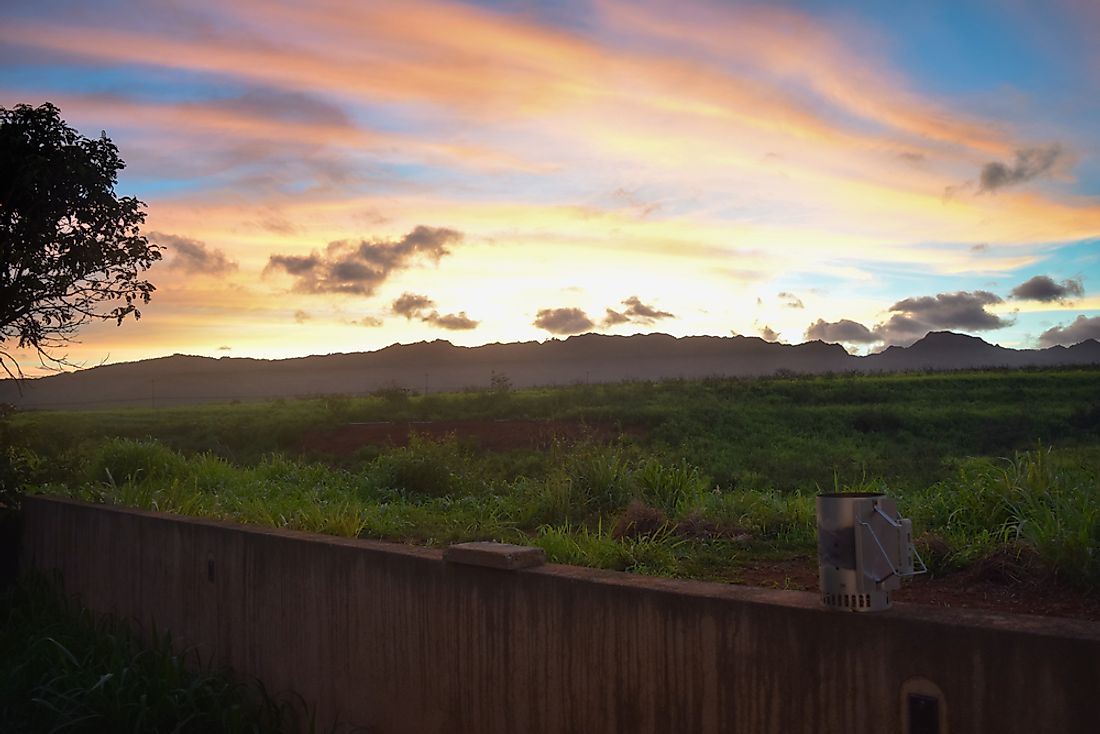What and Where Is Honouliuli?

Honouliuli is located near the town of Waipahu on the central-eastern region of the island of O'ahu. O'ahu, the third-largest Hawaiian island, is also home to Honolulu, the state's capital and largest city. Proclaimed a National Monument by presidential proclamation in 2015, Honouliuli commemorates the Internment Camp located on the site from 1943 to 1946.
Honouliuli Internment Camp
Honouliuli Internment Camp was a Hawaiian internment camp located in an obscure valley encompassed by agricultural fields in the island of Oahu. The internment camp was the largest as well as the longest operating among the seventeen internment sites in Hawaii. The camp was opened in 1943, particularly for lengthy internment, and was closed in 1946. During its operation, the camp contained about 320 internees. Honouliuli Internment Camp became the largest confinement war camp during World War Two detaining more than four thousand war prisoners.
Honouliuli’s Construction
The reason for the construction of the Honouliuli Internment camp was for it to hold internees from the Sand Island camp that was about to close. The camp was constructed near Waipahu and Ewa in the island of Oahu. Its construction took place in about 160 acres of land in an obscure valley in the island. Enclosing the camp was an 8-foot dual barbed wire. The camp also comprised of eight watchtowers that were manned by military police. The camp's location in an isolated valley led to it being nicknamed the hell valley or Jigoku Dani by its residents. The inside of the camp was sectioned using barbed wire into divisions that were used to separate the residents based on civilian and military status, nationality or gender. The design of the camp was in such a way that it could hold 3,000 people.
Honouliuli’s Operation
The camp was run by the US army under captain Siegfried Spillner. The camp was officially opened in March 1943. By August the same year, there were about one hundred and sixty Japanese Americans, 69 of which were internees. Eventually, more than 4,000 people were held in the camp, among them German Americans, Italians, Okinawans, Taiwanese, and Koreans. The first Koreans who were non-combatant laborers that were taken captive during the Gilbert and Marshall Islands campaign are thought to have arrived in the camp in the late 1943 and early 1944. Starting 1943, releases of the Japanese American began. They were released either transferred to the mainland department of justice camps or were released on parole. The third transfer of November 1944 left only 21 United States civilians in the camp. Among the notable internees includes the legislators for the Territory of Hawaii, Thomas Sakakihara, and Sanji Abe.
Honouliuli’s Closure
Efforts of repatriation in the camp began in 1945. These efforts continued into 1946 when the camp was closed down and the structures dismantled. After the closure of the camp, the land holding the camp was leased from the Campbell estate by Oahu Sugar Company. The Monsanto Corporation purchased in land in 2007.
The Honouliuli Internment Camp was added to the National Register of Historic Places on February 21, 2012. On February 24, 2015, the site of the Honouliuli Internment Camp was named the Honouliuli National Monument by the Barack Obama’s presidential proclamation. The US National Park Service, in conjunction with the Japanese Cultural Center of Hawai'i, the Pacific Historic Parks, and the University of Hawai'i West O'ahu, is working to turn the monument into an operational park.











